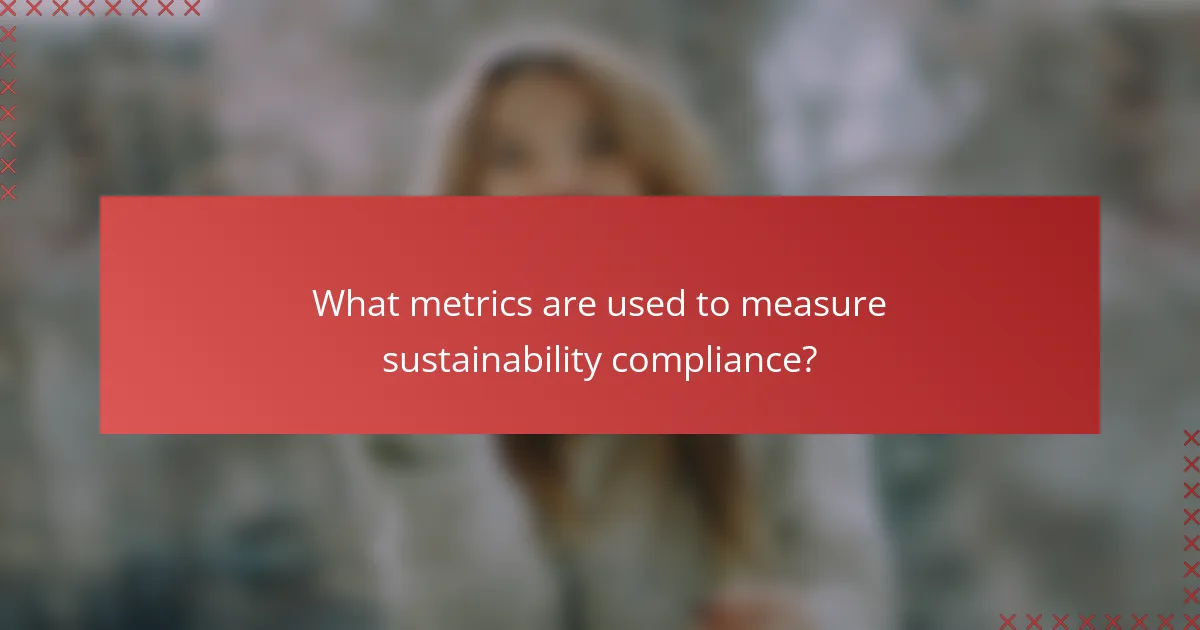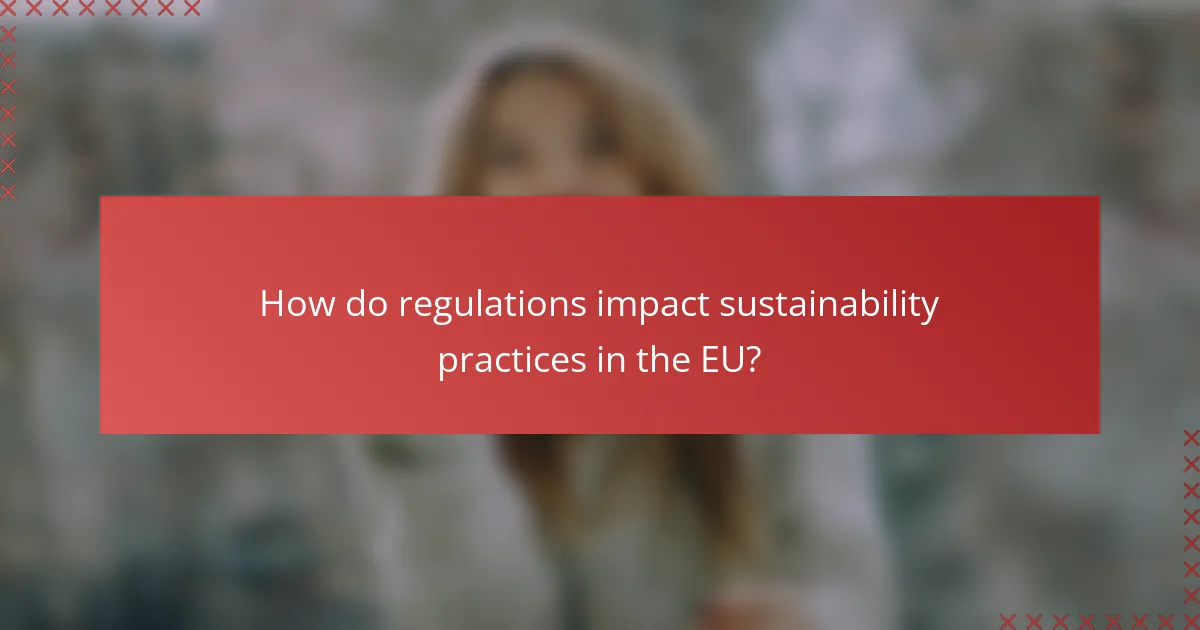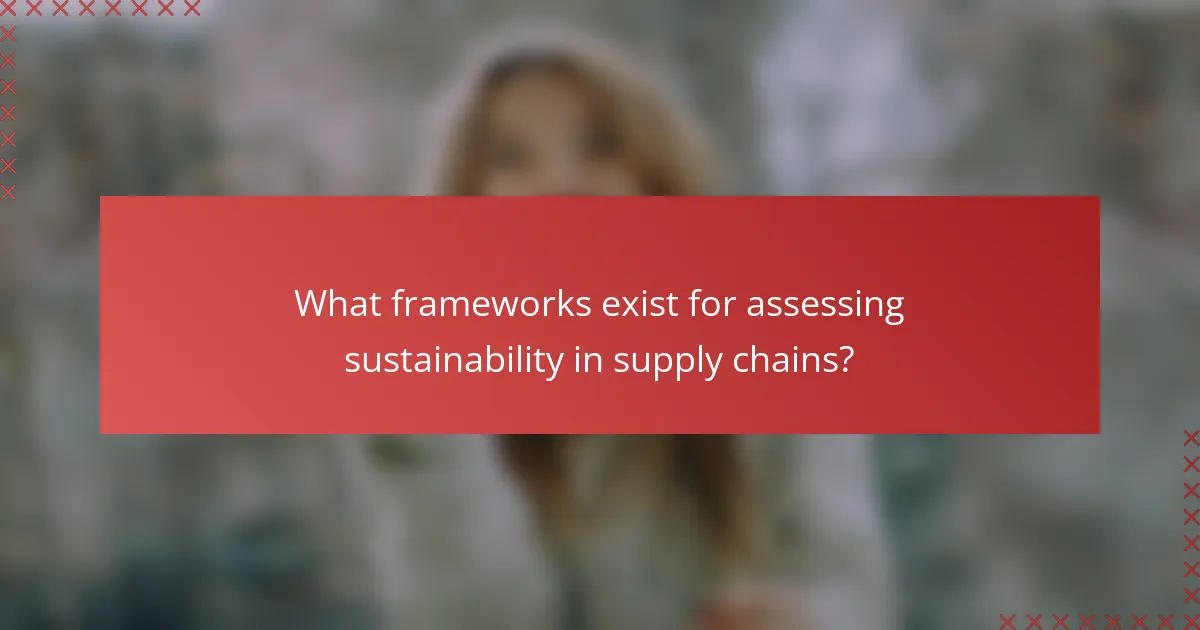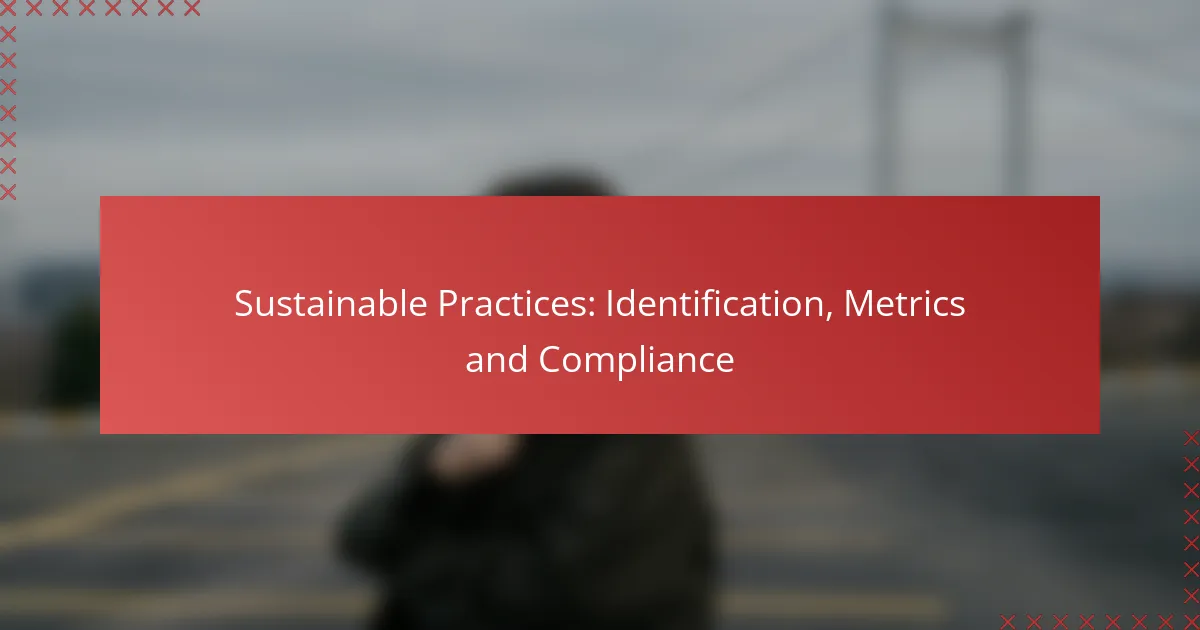Sustainable practices are essential for businesses aiming to minimize their environmental impact while enhancing operational efficiency. By integrating renewable energy, reducing waste, and utilizing sustainable materials, companies can not only comply with regulations but also contribute to broader sustainability goals. Metrics such as carbon footprints and water usage are crucial for assessing compliance and driving continuous improvement in sustainability efforts.

How can businesses implement sustainable practices in the UK?
Businesses in the UK can implement sustainable practices by integrating environmentally friendly methods into their operations. This includes adopting renewable energy sources, reducing waste, utilizing sustainable materials, and engaging in carbon offset programs.
Adopting renewable energy sources
Transitioning to renewable energy sources is a crucial step for UK businesses aiming for sustainability. Options include solar panels, wind turbines, and biomass energy, which can significantly reduce reliance on fossil fuels.
Companies should consider their energy needs and available resources when selecting renewable options. For instance, solar energy can be particularly effective in urban areas with ample sunlight, while wind energy may be more suitable for rural locations.
Implementing waste reduction strategies
Effective waste reduction strategies help businesses minimize their environmental footprint. This can involve practices such as recycling, composting, and reducing packaging materials.
Businesses can start by conducting a waste audit to identify areas for improvement. Simple measures like switching to digital documentation can significantly cut paper waste, while encouraging employees to bring reusable containers can minimize single-use plastics.
Utilizing sustainable materials
Using sustainable materials is essential for reducing environmental impact. This includes sourcing products made from recycled or sustainably harvested materials, which can help lower carbon emissions and conserve resources.
Companies should evaluate their supply chains and seek certifications like FSC (Forest Stewardship Council) for wood products or GOTS (Global Organic Textile Standard) for textiles. These certifications ensure that materials meet environmental and social standards.
Engaging in carbon offset programs
Carbon offset programs allow businesses to compensate for their emissions by investing in projects that reduce greenhouse gases. This can include reforestation, renewable energy projects, or energy efficiency initiatives.
When selecting a carbon offset program, businesses should look for verified projects that align with their values and sustainability goals. Engaging in these programs not only helps mitigate climate impact but can also enhance a company’s reputation among environmentally conscious consumers.

What metrics are used to measure sustainability compliance?
Metrics for measuring sustainability compliance include various indicators that assess environmental impact and resource efficiency. Key areas of focus are carbon footprints, water usage, and waste management practices.
Carbon footprint analysis
Carbon footprint analysis quantifies the total greenhouse gas emissions produced directly and indirectly by an organization or activity. This metric helps identify major sources of emissions, allowing businesses to target reductions effectively.
To conduct a carbon footprint analysis, organizations often use tools like the Greenhouse Gas Protocol, which categorizes emissions into scopes: Scope 1 (direct), Scope 2 (indirect energy-related), and Scope 3 (other indirect emissions). A practical approach is to aim for a reduction of 20-30% over five years, depending on the industry.
Water usage metrics
Water usage metrics track the volume of water consumed in operations and production processes. This measurement is crucial for identifying inefficiencies and opportunities for conservation, especially in water-scarce regions.
Organizations can implement water audits to assess usage patterns and set benchmarks for reduction. Aiming for a reduction of 10-15% in water usage over a few years can significantly impact sustainability goals, particularly in industries like agriculture and manufacturing.
Waste diversion rates
Waste diversion rates measure the percentage of waste materials that are recycled, composted, or otherwise diverted from landfills. This metric is essential for understanding the effectiveness of waste management strategies and improving overall sustainability.
To enhance waste diversion, companies can implement recycling programs and conduct regular waste audits. A common goal is to achieve a diversion rate of at least 50%, which can be facilitated by educating employees and optimizing waste sorting practices.

How do regulations impact sustainability practices in the EU?
Regulations significantly shape sustainability practices in the EU by establishing standards and frameworks that organizations must follow. These rules encourage companies to adopt environmentally friendly practices and ensure compliance with broader sustainability goals.
EU Green Deal requirements
The EU Green Deal sets ambitious targets aimed at making Europe the first climate-neutral continent by 2050. It includes measures to reduce greenhouse gas emissions, promote renewable energy, and enhance biodiversity. Companies must align their operations with these goals to avoid penalties and benefit from potential funding opportunities.
Organizations are encouraged to implement energy-efficient technologies and sustainable sourcing practices. For example, businesses may need to transition to renewable energy sources, which can involve upfront costs but lead to long-term savings and compliance with the Green Deal.
Compliance with the Circular Economy Action Plan
The Circular Economy Action Plan aims to minimize waste and promote the reuse of resources across the EU. Compliance requires businesses to rethink their production processes, focusing on sustainability and resource efficiency. This includes designing products for longevity and recyclability.
Firms should adopt practices such as waste reduction, recycling, and sustainable product design. For instance, companies can implement take-back schemes for their products, encouraging customers to return items for recycling, thus supporting circular economy principles and enhancing brand loyalty.

What are the benefits of sustainable practices for e-commerce businesses?
Sustainable practices offer e-commerce businesses numerous advantages, including improved brand perception, cost efficiencies, and stronger customer loyalty. By adopting environmentally friendly methods, companies can enhance their market position while appealing to a growing demographic that values sustainability.
Enhanced brand reputation
Implementing sustainable practices can significantly boost an e-commerce brand’s reputation. Customers increasingly prefer brands that demonstrate social responsibility and environmental stewardship, leading to positive word-of-mouth and enhanced public perception.
For instance, companies that use eco-friendly packaging or support fair trade initiatives often attract more attention and respect from consumers. This can translate into higher sales and a more loyal customer base.
Cost savings through efficiency
Sustainable practices can lead to substantial cost savings for e-commerce businesses by improving operational efficiency. Streamlining processes, reducing waste, and optimizing resource use can lower expenses in areas such as energy consumption and materials procurement.
For example, switching to energy-efficient lighting and equipment can reduce utility bills significantly over time. Additionally, businesses may find that investing in sustainable supply chain practices can lead to lower shipping costs and reduced returns.
Increased customer loyalty
Customers are more likely to remain loyal to brands that prioritize sustainability. When consumers see that a company is committed to reducing its environmental impact, they often feel a stronger connection and are more inclined to make repeat purchases.
Offering loyalty programs that reward sustainable purchasing habits can further enhance this loyalty. For instance, providing discounts for customers who choose eco-friendly shipping options can encourage long-term engagement and repeat business.

What frameworks exist for assessing sustainability in supply chains?
Several frameworks are available for assessing sustainability in supply chains, each offering unique metrics and guidelines. These frameworks help organizations measure their sustainability performance, identify areas for improvement, and ensure compliance with relevant standards.
Global Reporting Initiative (GRI)
The Global Reporting Initiative (GRI) provides a comprehensive framework for sustainability reporting, focusing on transparency and accountability. It encourages organizations to disclose their environmental, social, and governance (ESG) impacts, allowing stakeholders to understand their sustainability practices.
Organizations using GRI can select from a set of standardized indicators to report on, making it easier to compare performance across industries. Key areas include energy consumption, waste management, and labor practices, which can help identify strengths and weaknesses in sustainability efforts.
Sustainability Accounting Standards Board (SASB)
The Sustainability Accounting Standards Board (SASB) develops industry-specific standards for sustainability reporting, emphasizing financial materiality. SASB standards help companies disclose relevant ESG information to investors, aligning sustainability with financial performance.
By focusing on factors that are likely to impact financial performance, SASB enables organizations to prioritize sustainability initiatives that drive value. Companies can assess their performance against SASB metrics, which cover a range of sectors, including energy, healthcare, and consumer goods.
![]()
How can technology aid in sustainability tracking?
Technology plays a crucial role in sustainability tracking by providing tools for data collection, analysis, and reporting. It enables organizations to monitor their environmental impact in real-time, ensuring compliance with sustainability goals and regulations.
Data Collection Tools
Data collection tools, such as IoT sensors and mobile applications, facilitate the gathering of relevant environmental data. These tools can track energy consumption, waste generation, and resource usage, providing a comprehensive view of an organization’s sustainability performance.
For example, smart meters can monitor electricity usage in real-time, allowing businesses to identify peak consumption times and adjust their practices accordingly. This data can help reduce costs and improve overall efficiency.
Analytics and Reporting Software
Analytics and reporting software transform raw data into actionable insights. These platforms can analyze trends, benchmark performance against industry standards, and generate reports for stakeholders.
Many organizations use software solutions that comply with international standards like ISO 14001 for environmental management. This ensures that their sustainability practices are not only effective but also recognized globally.
Compliance Monitoring Systems
Compliance monitoring systems help organizations adhere to environmental regulations and sustainability commitments. These systems can automate reporting processes and alert management to potential compliance issues.
For instance, a company operating in the European Union must comply with the EU Emissions Trading System. Technology can streamline the tracking of emissions data, making it easier to report accurately and avoid penalties.
